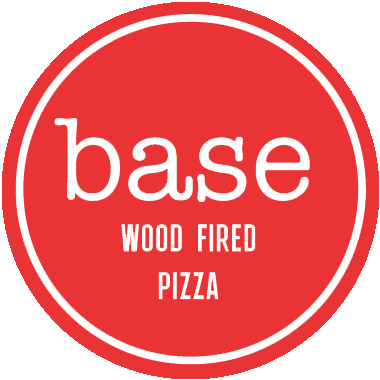Whether you manage an independent restaurant, franchise or chain – getting the most out of each and every shift matters. Whether that’s better prep-work that allows staff to begin work on the hour, not ten minutes after, or getting organized so staff can leave on time, keeping you within your weekly labor budget.
Before, during and after service: here are some practical things to do.
Pre & Post Service Team Briefing
A quick meeting before and after every shift gives you an opportunity to both teach and listen to your staff, while customer-facing staff will also have some valuable input. Use this time to motivate staff with good reviews, compliments to the chef or any other positive feedback your business has received.
You can also take the opportunity to share targets with your employees at these shift meetings, compare previous targets to actual sales and discuss any other relevant information, such as an upcoming event.
All Hands On Deck
Are all hands on deck at your busiest times? There should never be anyone taking their break or working in the office in the middle of service. At peak times, not only are staff on breaks limiting the service you provide to your customers, but they are increasing the pressure on the staff that are working.
Ask yourself, are all your staff fully utilized – at all times? If not what prep work could people be doing?
Work Smarter
Don’t just assume that your staff don’t have the time to do the job – sometimes it is just a case of working smarter. Rarely will anyone have time to do other work, they must make time. Often the time it takes to do a job is directly related to the time you have available to do the job.
Think about what every job your staff members are doing. Are there more efficient ways of doing the same job?
How Many Employees Does It Take To Change A Lightbulb?
Watch out for tell-tale signs of too many or too few staff – For example, two people doing a menial task such as cleaning a fridge, or one person trying to juggle too many tasks, unable to do any one task properly.
One way to avoid this is to write a clear job description for each employee. A job description is a detailed definition of a job and a list of the specific tasks and duties the employee is responsible for daily, weekly and monthly. The more complete the job description, the simpler the task of training.
Remember, staff with a confirmed list of duties will be less inclined to “fill time.” Sample job descriptions may be available from your HR department. You could also get started with a quick Google search.
Spot Patterns
Ensure that there is an absenteeism policy and take proactive steps when employees are absent. Try to keep an absenteeism chart in their office, to easily monitor patterns. This also works for two or three employees that are regularly swapping shifts. It may be easier to re-schedule their shifts entirely to avoid an almost inevitable disruption when they want to swap shifts.
You’re No Angel…
As a manager, you must examine your own work practices too. Do you come to work grouchy? Do you have sloppy or careless work habits? Is your appearance unprofessional? It is essential that you obey your own standards and rules and do not avoid addressing problems when they arise.
Are you showing respect? Mutual respect plays and enormous role in good leadership. Share your goals with your employees and remember, lead by example.












